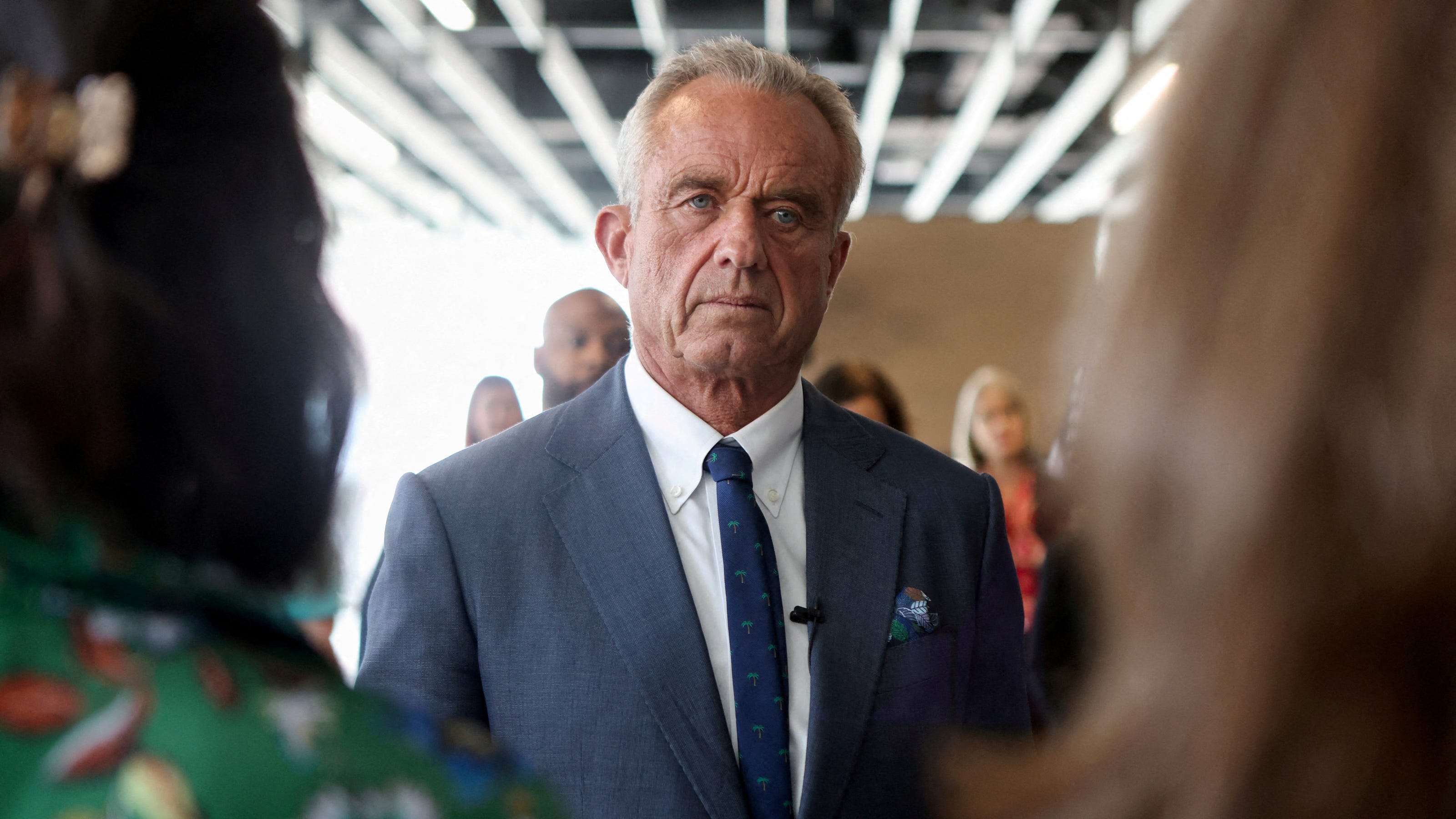Autism Rate Increase: RFK Jr. Challenges CDC Findings
The reported increase in autism diagnoses has sparked considerable debate, with prominent figures like Robert F. Kennedy Jr. questioning the Centers for Disease Control and Prevention's (CDC) findings. This complex issue demands a nuanced examination, separating fact from speculation and exploring the potential factors contributing to the observed rise.
Understanding the Reported Increase in Autism Diagnoses
The CDC's data consistently shows a rise in autism diagnoses over the past few decades. While the exact numbers vary depending on the methodology and year, the trend is undeniable. This increase has led to concerns about potential environmental causes, changes in diagnostic criteria, and improved diagnostic capabilities.
Is it a Real Increase or Improved Diagnosis?
One crucial point to address is whether the increase reflects a genuine surge in autism prevalence or simply improved diagnostic practices. Early diagnostic tools were less sensitive, leading to underdiagnosis. As diagnostic criteria have evolved and awareness increased, more children are being identified with autism spectrum disorder (ASD). This improved detection undoubtedly contributes to the higher numbers.
However, many researchers believe that a real increase in prevalence also plays a significant role. Studies suggest that environmental factors, genetic predisposition, and other complex interactions might contribute to this phenomenon.
RFK Jr.'s Claims and Criticisms of the CDC
Robert F. Kennedy Jr., a well-known environmental activist, has voiced strong criticisms of the CDC's autism data and its handling of the issue. He has often highlighted concerns about potential environmental toxins, particularly vaccines, as contributing factors to the rise in autism diagnoses. While he has not explicitly stated the CDC's data is entirely fabricated, his skepticism towards their conclusions and methodology is significant.
It's important to note that RFK Jr.'s claims regarding vaccines and autism have been widely debunked by the scientific community. Numerous large-scale studies have found no link between vaccines, including the MMR vaccine, and autism. Organizations like the American Academy of Pediatrics and the World Health Organization consistently affirm the safety and efficacy of vaccines and strongly refute any causal relationship with autism.
The Importance of Evidence-Based Analysis
It's crucial to approach such claims with critical thinking, prioritizing evidence-based analysis over anecdotal evidence or unsubstantiated assertions. While RFK Jr.'s concerns about environmental factors might be partially valid in a broader sense, connecting them directly to the increase in autism diagnoses requires robust scientific evidence, which is currently lacking in support of his specific claims.
Potential Contributing Factors to Autism Prevalence
While the vaccine-autism link has been thoroughly discredited, several other factors may contribute to the observed increase in autism diagnoses:
- Broadened Diagnostic Criteria: The definition and understanding of autism have broadened over time, leading to a wider range of individuals receiving a diagnosis.
- Increased Awareness and Screening: Greater public awareness of autism symptoms has led to earlier identification and diagnosis.
- Genetic Factors: Research strongly suggests a significant genetic component to autism, though the precise genetic mechanisms are still being unravelled.
- Environmental Factors: While the specific environmental triggers remain unclear, research explores the role of prenatal exposure to certain toxins, infections, or other environmental stressors.
Conclusion: A Complex Issue Requiring Careful Consideration
The rising number of autism diagnoses is a complex issue requiring careful consideration, going beyond simplistic explanations and blaming single factors. While improved diagnostic practices contribute to the apparent increase, research suggests a genuine rise in prevalence is also likely. It is crucial to rely on scientific evidence, critical evaluation of data, and rigorous research to understand the multifaceted nature of this phenomenon. Dismissing valid concerns about environmental factors while also dismissing the overwhelming scientific consensus on the lack of link between vaccines and autism is equally problematic. The future of understanding autism lies in continued interdisciplinary research that explores the complex interplay of genetics, environment, and diagnostic practices.
